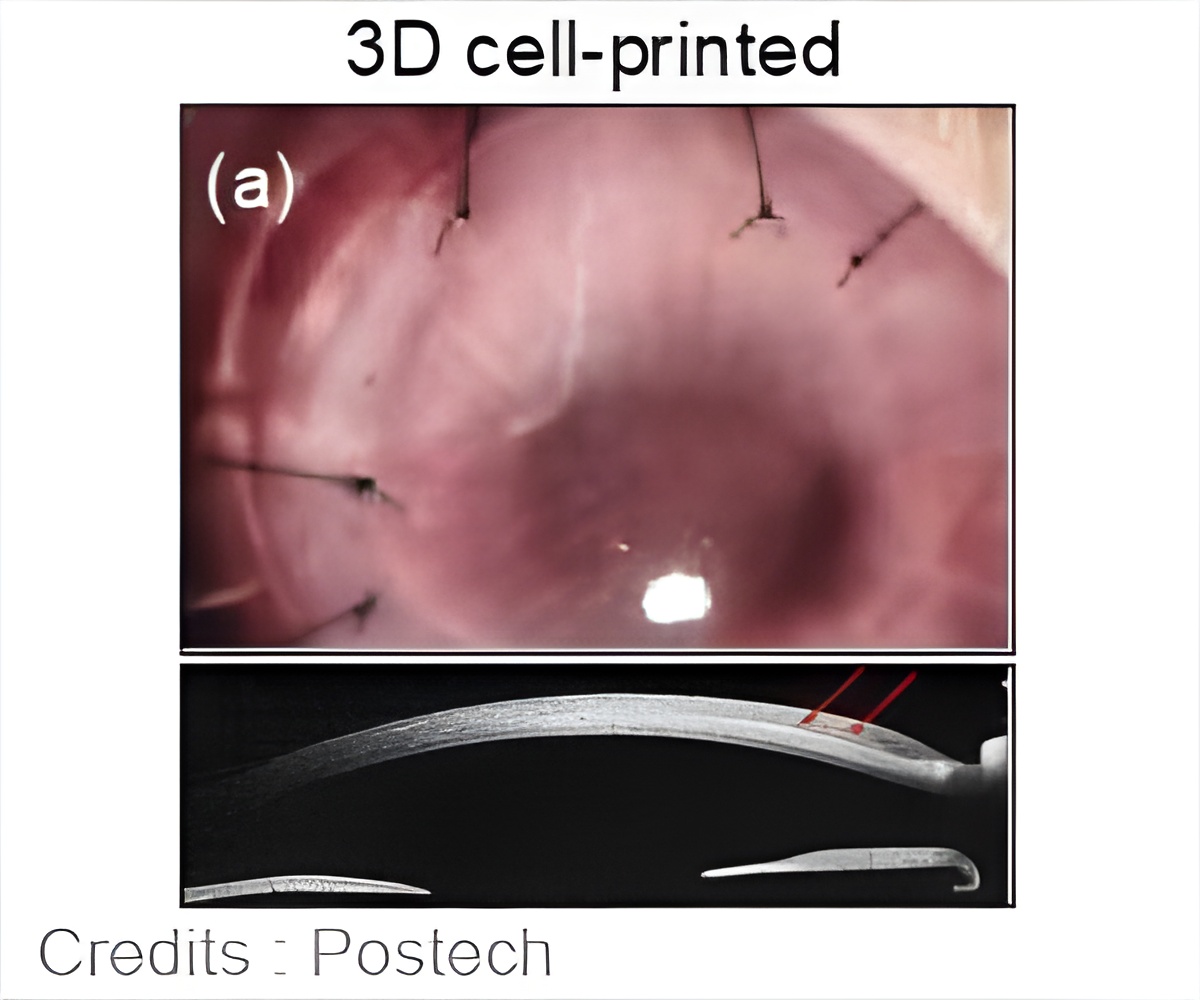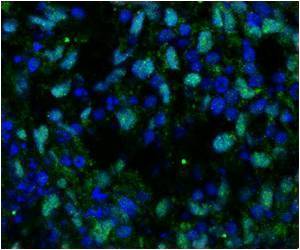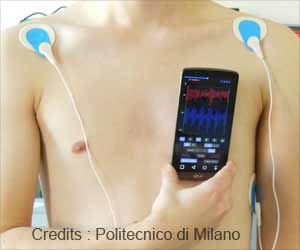Newly developed 3D printed artificial corneas look just like human ones, reveals a new study.

‘Newly developed 3D printed artificial corneas look just like human ones. Scientists have developed this 3D printed artificial cornea using the bioink which is made of decellularized corneal stroma and stem cells. This discovery could offer fresh hope for millions of patients with corneal diseases.’
Read More..




Professor Dong-Woo Cho of Mechanical Engineering, Professor Jinah Jang of Creative IT Convergence Engineering, and Ms. Hyeonji Kim at POSTECH, collaborated with Professor Hong Kyun Kim of Ophthalmology at Kyungpook National University School of Medicine, 3D printed an artificial cornea using the bioink which is made of decellularized corneal stroma and stem cells. Because this cornea is made of corneal tissue-derived bioink, it is biocompatible, and 3D cell printing technology recapitulates the corneal microenvironment, therefore, its transparency is similar to the human cornea. This research is recently published on Biofabrication.Read More..
The cornea is a thin outermost layer that covers the pupil, and it protects the eye from the external environment. It is the first layer that admits light, and therefore, it needs to be transparent, move as the pupil moves, and have flexibility. However, it has been limited to develop an artificial cornea using synthetic biocompatible materials because of different cornea-related properties.
In addition, although many researchers have tried to repeat the corneal microenvironment to be transparent, the materials used in existing studies have limited microstructures to penetrate the light.
The human cornea is organized in a lattice pattern of collagen fibrils. The lattice pattern in the cornea is directly associated with the transparency of cornea, and many researches have tried to replicate the human cornea. However, there was a limitation in applying to corneal transplantation due to the use of cytotoxic substances in the body, their insufficient corneal features including low transparency, and so on.
To solve this problem, the research team used shear stress generated in the 3D printing to manufacture the corneal lattice pattern and demonstrated that the cornea by using a corneal stroma-derived decellularized extracellular matrix bioink was biocompatible.
Advertisement
The research team also observed that the collagen fibrils remodeled along with the printing path create a lattice pattern similar to the structure of native human cornea after 4 weeks in vivo.
Advertisement
Source-Eurekalert









